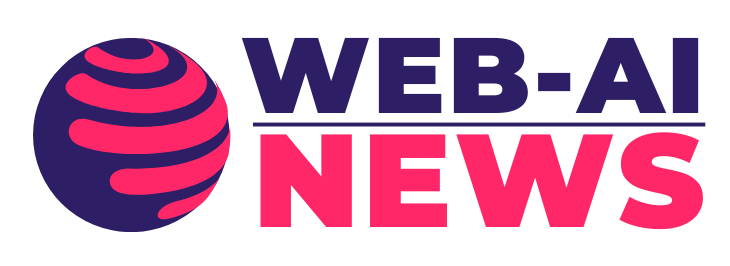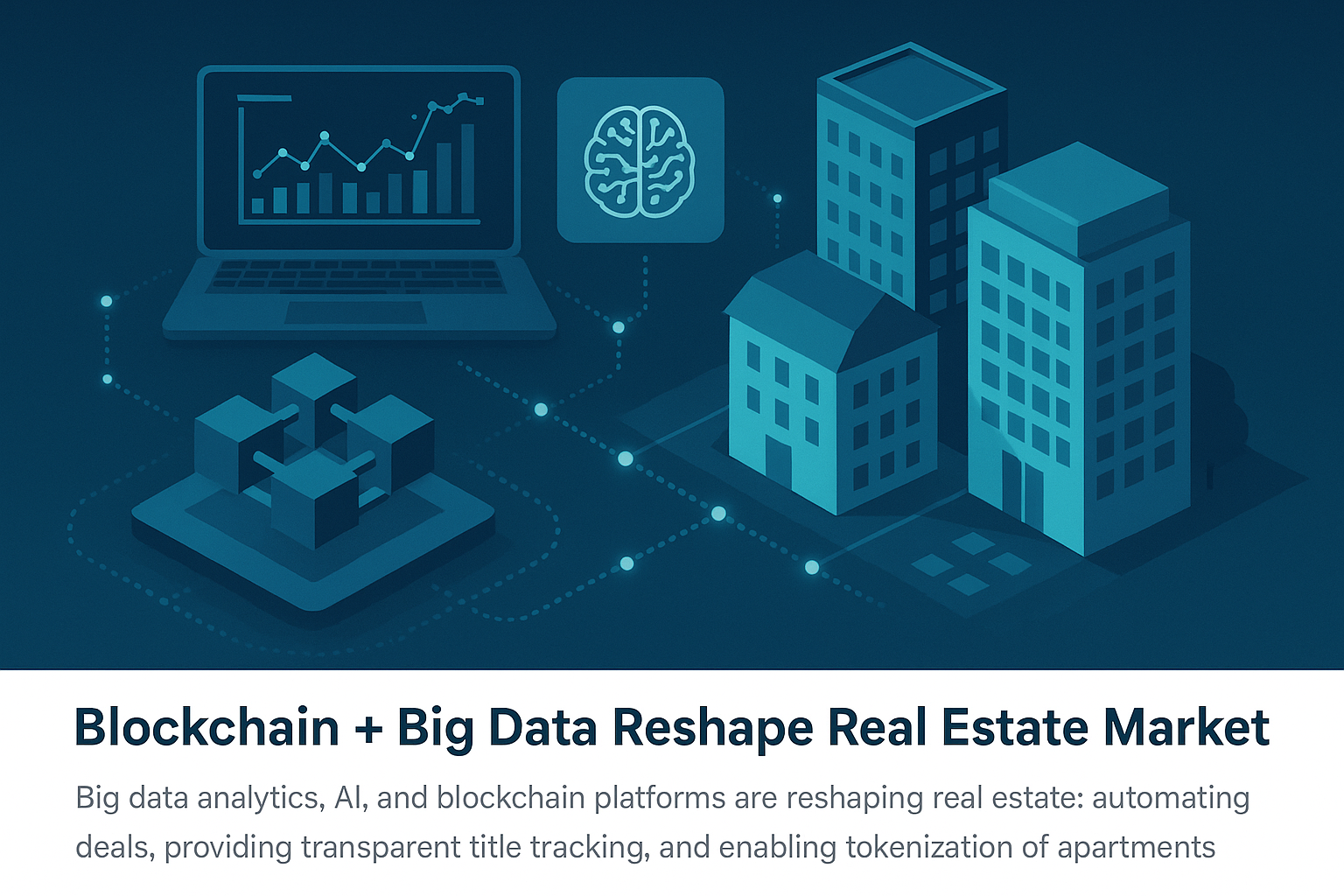The financial world is undergoing one of its most significant transformations in decades. The tokenization of real-world assets (RWAs)—converting physical or traditional financial assets like real estate, stocks, or commodities into digital tokens on a blockchain—is gaining unstoppable momentum. Analysts project that the market for tokenized assets could reach $2 trillion within the next few years, signaling a profound shift in how people invest and trade.
What Is Tokenization, and Why Does It Matter?
Tokenization takes an asset that is usually difficult to trade in fractional amounts—like a building, a stock portfolio, or fine art—and represents it as digital tokens that can be bought, sold, or traded instantly on blockchain networks. These tokens can represent ownership rights, income streams, or even access to exclusive products.
By lowering barriers to entry, tokenization promises to democratize investing. No longer would investors need to buy an entire building or hold a minimum portfolio size to participate in markets. Instead, they could purchase fractional shares represented by tokens, bringing access to opportunities once reserved for wealthy individuals and institutions.
Major Players Are Entering the Space
It’s not just blockchain startups pushing tokenization. Established firms like Coinbase and Robinhood are actively exploring how tokenized assets can integrate with their platforms. Their participation signals a maturing market and growing trust in the infrastructure supporting these innovations. Venture capital funds, banks, and even government-backed programs are increasingly experimenting with tokenized securities and real-world asset platforms.
Challenges on the Road Ahead
Despite the enthusiasm, tokenization is far from a regulatory free-for-all. Legal clarity, compliance frameworks, and investor protections remain top concerns. While proponents believe tokenization makes markets more transparent and efficient, critics worry about the potential for fraud, market manipulation, and insufficient oversight.
Regulatory bodies in the U.S., Europe, and Asia are exploring new frameworks to classify tokenized securities and clarify the obligations of issuers and exchanges. Until those rules solidify, mainstream adoption may remain slower than enthusiasts hope.
A Trillion-Dollar Future?
Market studies estimate that tokenized real-world assets could grow from tens of billions today to as much as $2 trillion within the next few years. This would not only reshape traditional investing but could also spark entirely new markets where assets are programmable, trade globally 24/7, and settle in seconds rather than days.
The Bottom Line
Tokenization is not just a buzzword—it’s a structural transformation of finance. If executed with strong regulatory foundations and trusted technology, it could open investing to millions of new participants and revolutionize how capital flows around the world. Whether the market hits the $2 trillion mark may depend as much on government policy as on technological innovation, but one thing is clear: the tokenization era has begun.




